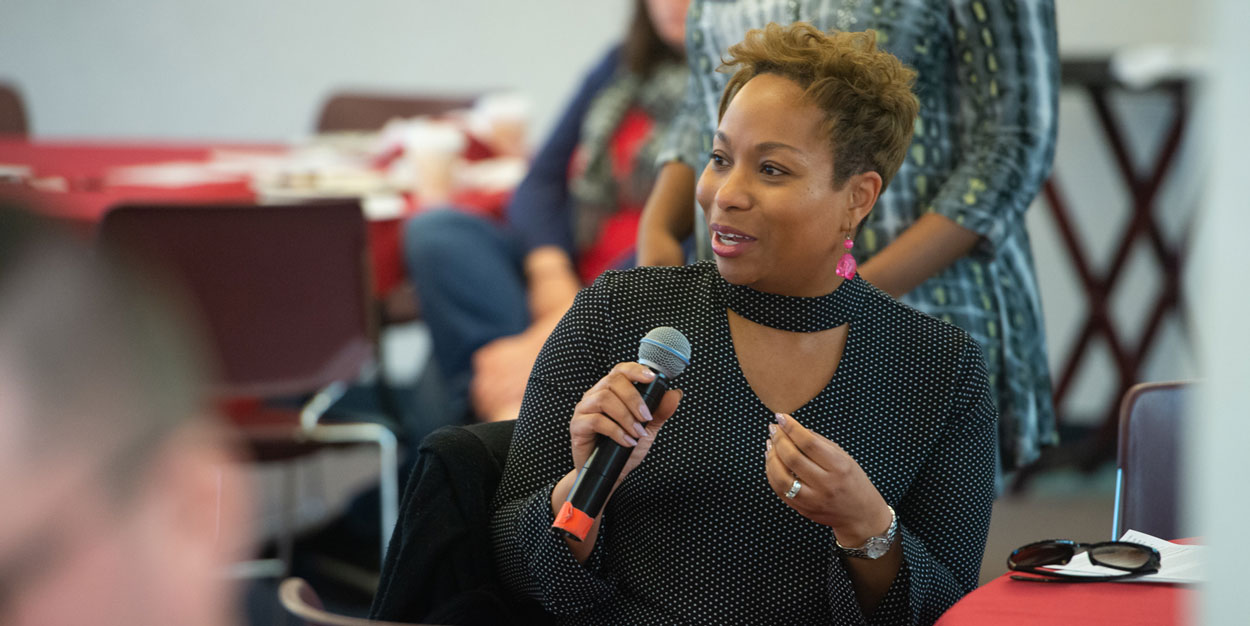Why the * in Wom*n?
You have probably seen alternate spellings of the word women that use an X or a Y in place of the E. Why we chose to use none of these spellings requires some explaining.
First, there is the traditional, contemporary word “women.” Why wouldn’t we just use that? Well… the word “woman” comes from the Old English “wifman (wifmon)” which is a combination of wif (female, wife) and man (man, human). Woman literally means “wife of man,” thus establishing men as the standard and women as an appendage. In an attempt to change the language to make it less patriarchal and more inclusive, alternate spellings that removed the word man developed.
The first alternate spelling made its appearance in 1975 in Lesbian Connection magazine in an announcement of the Wolf Creek Womyn’s Festival, a radical feminist festival later known as Fest. The objective of using an alternative spelling was to avoid the implication that women are subsets of men but rather their own entities. Unfortunately, Wolf Creek Womyn’s festival had a policy limiting attendance to “womyn-born-womyn” explicitly excluding transgender women from participating. As a result, the word “womyn” came to be seen as excluding transgender women.
According to Dictionary.com, the term “womxn” was first recorded around 2010-2015 and is “used, especially in intersectional feminism, as an alternative spelling to avoid the suggestion of sexism perceived in the sequences m-a-n and m-e-n, and to be inclusive of trans and nonbinary women.”
So why are we not using “womxn”? That’s complicated. There has been recent pushback on social media against “womxn.” The dialogue focuses on the idea that declaring “womxn” is inclusive of transgender women is transphobic. The discussion expresses an implication that transgender women need to be specifically included because they "aren't real women." Yes, it is transphobic to imply transgender women are separate from cisgender women. This discussion misses a part of the etymology. The X originally did not replace the E to make it more inclusive of marginalized identities. The X replaced the Y to signal that the people who are using "womxn” are not the same people who were being explicitly exclusionary by using “womyn” to exclude transgender women.
Additionally, it is important to note that with all discussion of language being as inclusive as possible, there will always be differing thoughts on the “best” way. Our intention in the Kimmel Belonging and Engagement Hub is to consider the variety of language being used in diversity, equity, and inclusion work and share that information with our community to the best of our ability.
We hope this brief history of women-womyn-womxn, maybe taught something you didn’t already know, and consider these differing thoughts in the work that you do. If you have any additional information or questions about this topic, feel free to contact us at KimmelHub@siue.edu.











